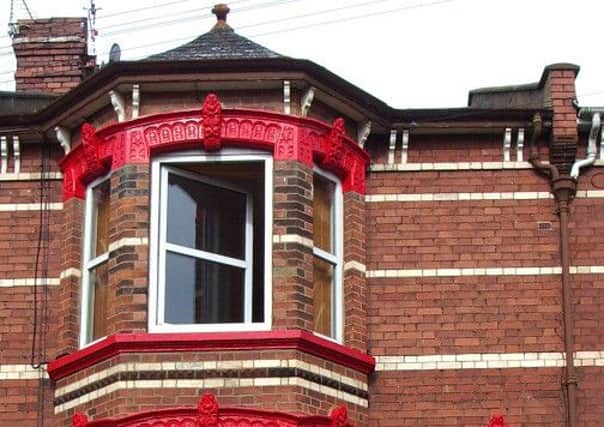DIY Tips


The problem with this side return is that it’s too narrow to do much with as a garden, so it often just becomes a murky walk-way, a dumping ground or - even worse - nothing.
But it doesn’t have to be this way; think ‘inside’ not ‘outside’ and incorporate the side return into your home by building an extension.
Advertisement
Hide AdAdvertisement
Hide AdTo expand your side-return, you remove the external wall that runs along it, fit a steel beam in its place, extend the roof and end wall, and build a new external wall at the boundary of your garden with your neighbour’s house or garden. Skylights are usually fitted in the new roof, which flood the extension with light.
Because the extension is (in most cases) built next to the boundary with your neighbour’s house or garden, you’ll have to comply with the Party Wall Act, which governs shared boundaries.
The good news is that you often don’t need planning permission to extend into the side return. Most, although not all, houses have permitted development (PD) rights, which means you can extend them without planning, providing the extension conforms to the PD rules and regulations. The architect you use for the extension will be able to help with the planning process. They will also be able to project-manage the build and the contractors.